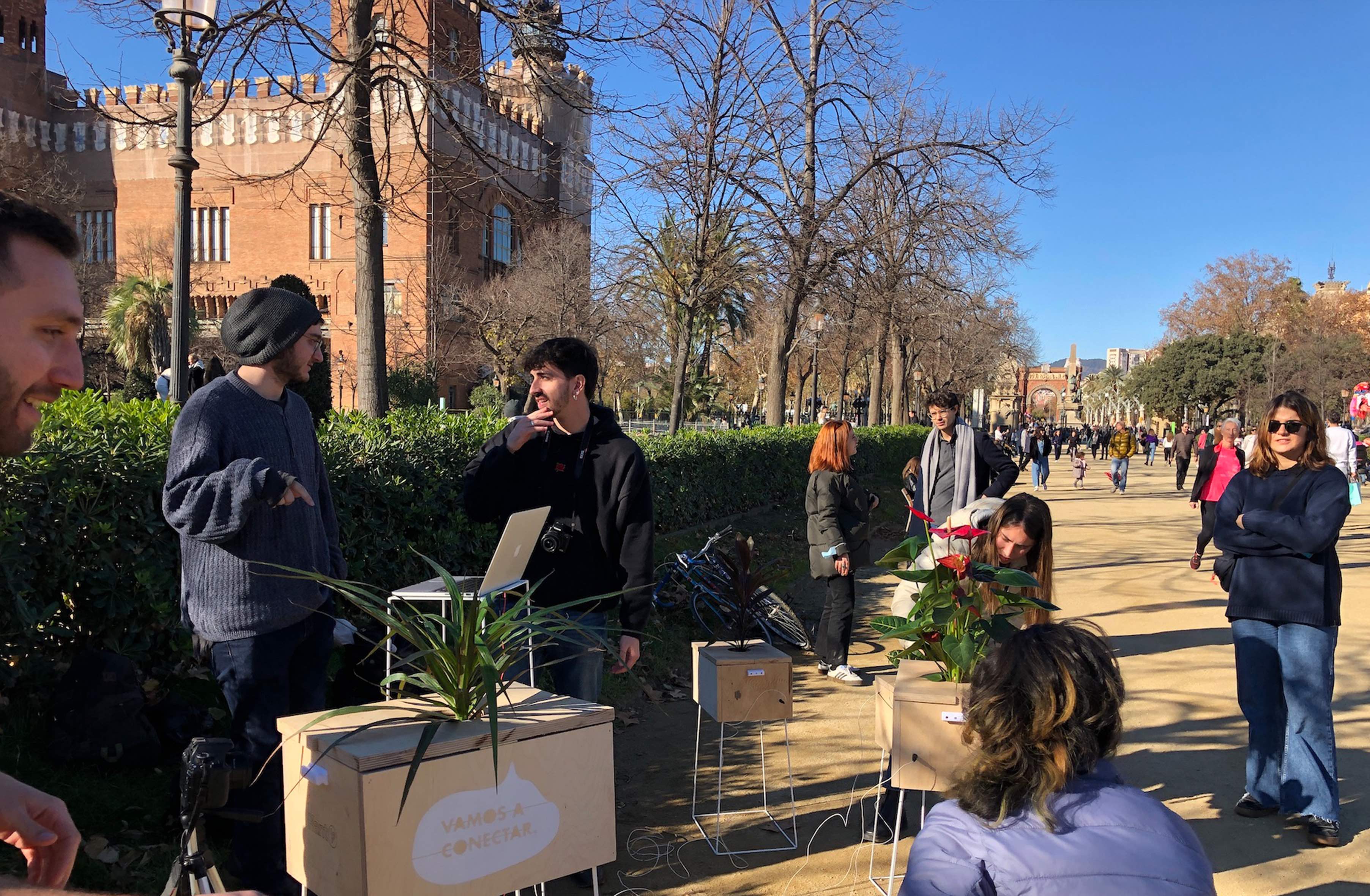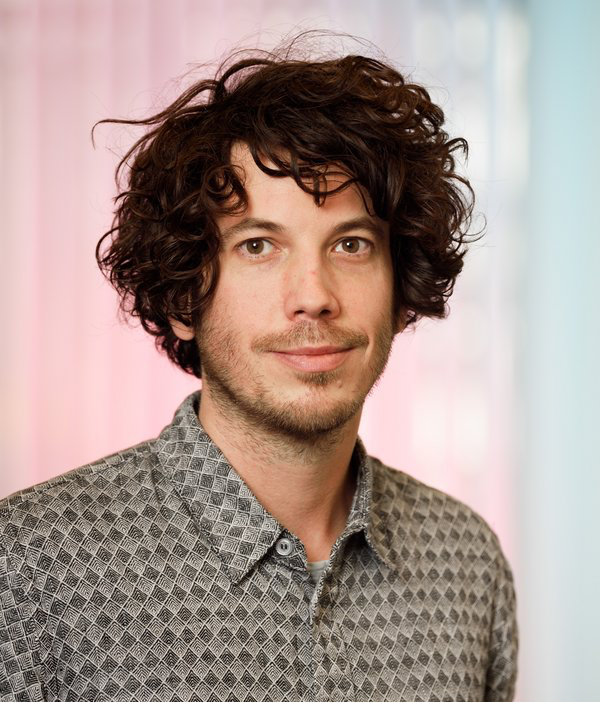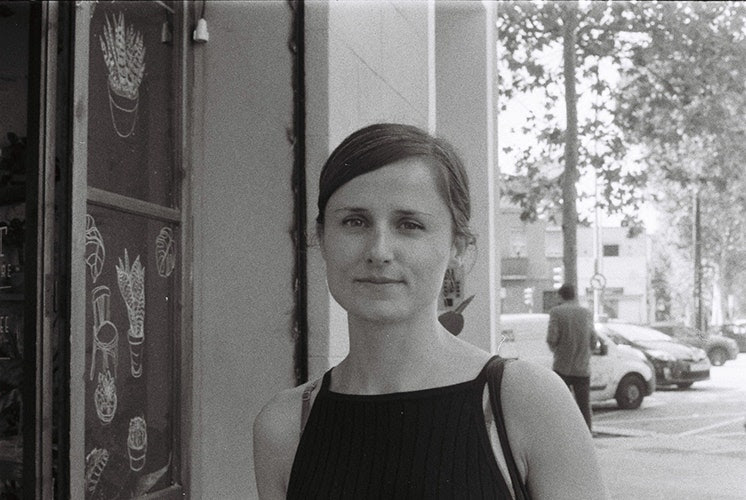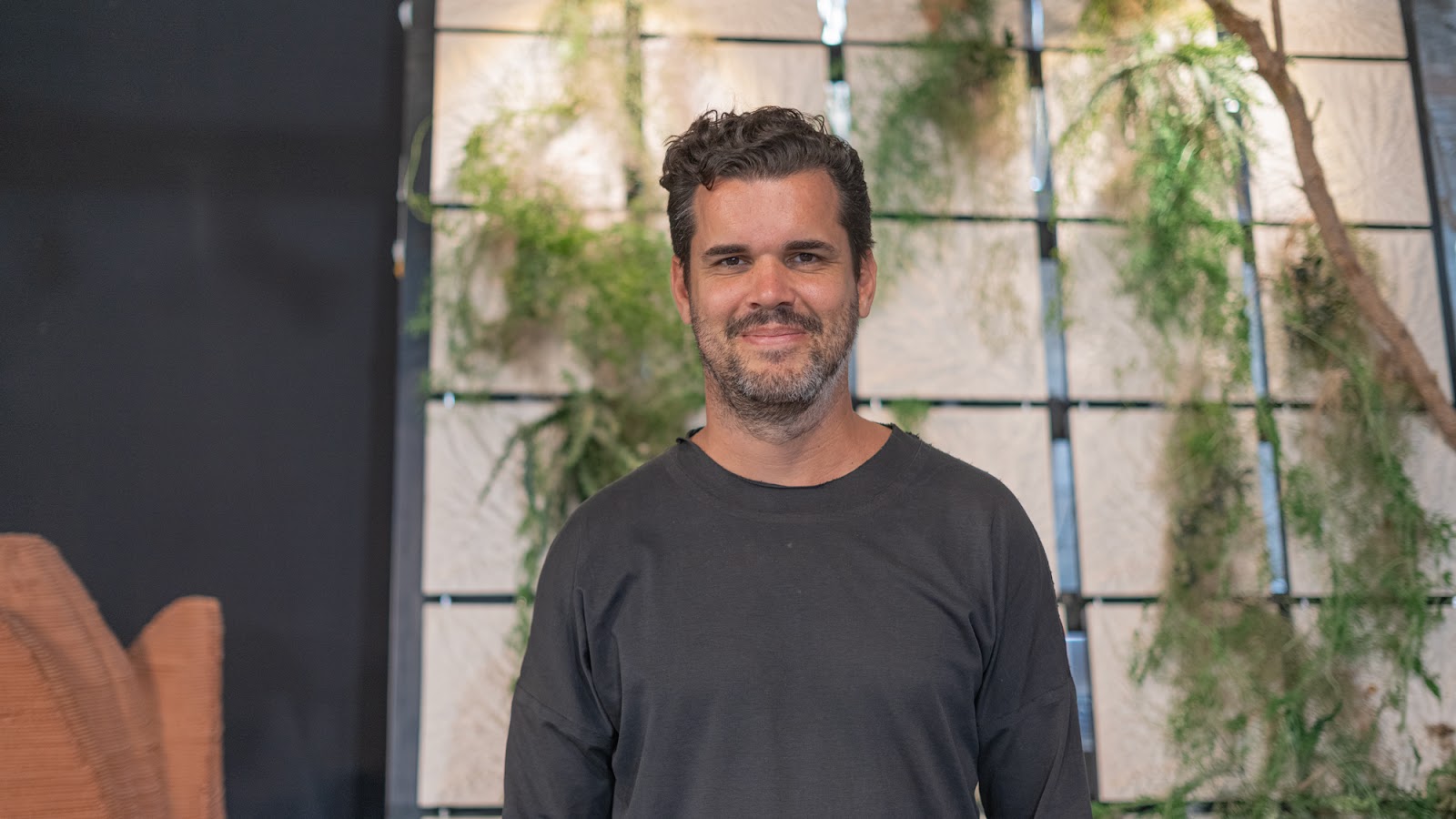Syllabus⇝
MDEF Research, Design and Development studios aim to take research areas of interest and initial project ideas into an advanced concretion point, and execution plan. The studio structure in three terms could be understood as follows:
TERM 1 Research: Understanding what it means to design for emergent futures. Analyzing the past and finding weak signals. References, state of the art. Identifying areas of interest. Experimenting from the first-person perspective.
TERM 2 Design: Forming the present through interventions in the real world. Building the foundations of your design space, forming strategic partnerships. Applying knowledge into practice through iterative prototyping. Testing ideas and prototypes in the real world.
TERM 3 Development: Refining interventions and identifying desirable futures. Establishing roadmaps for the construction of emergent narratives.. Communicating and disseminating your project through speculative design.
The first term Design Studio aims to create a solid ground for the students to start developing their projects. Weekly activities will be set to interlink results from the courses like their mappings, cartographies, experiments, 1st person design activities, prototypes, with their personal development plan. In order to propose an area of intervention at the end of the trimester. The Design Studio activities will consist of presentations, group activities, short exercises and personal coaching. The specific goals are the following:
- To develop a critical position in the student’s design practice.
- Define possible areas of intervention, based on the Atlas of the Week Signals.
- Prototype an alpha version of the design space and iterate.
- To build personal and collective repositories of resources.
Deliverables⇝
-
Post on your website with your new extended workspace
-
Collaborative map of projects, resources, news, and opportunities for interventions … that can populate your physical working space and a plan on how to share relevant information between all of you on-line.
-
A reflection on how you are documenting and communicating your work.
-
A video which can include multiple ways of video journaling (interviews, personal reflections, activities, ...).
-
Document the collective design intervention, analyze it and reflect on the findings.
-
Planning of the exhibition, space allocation and special needs.
-
A series of prototypes presented in a collective design space and a personal video of no more than 3 minutes (answering the question what is your updated fight),
-
5 high resolution images of the highlights of your Design Studio work during the term, a high resolution image of your personal and Collective design space and the first chapters of your Thesis Draft which represent each one of the deliverables developed during the term:
Chapter 0: What is your fight?. Vision and Identity. Personal development and Collaboration Plan.
Chapter 1: Research through Design Toolbox.
Chapter 2: Framing a collective Design Space based on AoWS, Multiscalar Design Space and State of the Art. Personally reflect on your area of interest and an area of intervention.
Chapter 3: First interventions (Experiments, Pilots and first collective intervention): Description and results.
Faculty⇝
Oscar Tomico is associate professor at the Department of Industrial Design at Eindhoven University of Technology on Design Research Methodologies for Posthuman Sustainability. His research revolves around 1st Person Perspectives to Research through Design at different scales (bodies, communities and socio-technical systems). Ranging from developing embodied ideation techniques for close or on the body applications (e.g. soft wearables), contextualized design interventions to situate design practice in everyday life, exploring the impact of future local, distributed, open and circular socio-technical systems of production, or experimenting with cohabitation as a posthuman approach to multi-species design.
Multimedia developer, interaction designer & researcher, Mariana Quintero works and develops her practice at the intersection where digital fabrication technologies, digital literacy, and information and computation ethics & aesthetics meet, contributing to projects that investigate how digital information and technologies translate, represent, and mediate knowledge about the world. She is currently a faculty member and part of the strategic team at the Masters in Design for Emergent Futures at IAAC | Fab Lab Barcelona.
Tomas Diez Ladera, a Venezuelan Urbanist, Designer, and Technologist, is known for his expertise in digital fabrication and its impact on future cities and society. He is a founding partner and executive director of the Fab City Foundation, and he also serves on the Institute for Advanced Architecture of Catalonia’s board of trustees, where he holds positions as a senior researcher and tutor. He actively collaborates with the Fab Foundation to support the global Fab Lab Network and has played a significant role in launching initiatives such as the Fab Academy and Fab City.
Tomas co-founded and co-designed projects like the Smart Citizen initiative and the global Fab Lab Network platform, fablabs.io. Additionally, he co-created higher degree programs, including the Master in Design for Emergent Futures (IAAC-Elisava) and the Master in Design for Distributed Innovation (Fab City-IAAC), both of which he co-directs. As a founding partner and President-Director of the Meaningful Design Group Bali, he aims to combine advanced technologies and design with alternative perspectives and cultures in Indonesia and Southeast Asia. He has received recognition as a young innovator of the year by the Catalan ICT Association and was nominated as one of Nesta's and The Guardian's top 10 Social Innovators in Europe.
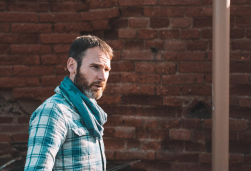
Jonathan Minchin studied Fine Arts and Design Craftsmanship and digital Fabrication. He attained BA in Architecture and a masters degree MSC in ‘International Cooperation, Sustainable Emergency Architecture’ in 2010. He is coordinator of the EU funded research project called ROMI (Robotics for Microfarms) and has spoken at the European Commission and British Parliament.
In this field he has worked on housing and development projects alongside ‘Habitat for Humanity’ in Costa Rica, ‘UNESCO’ in Cuba and with ‘Basic Initiative’ in Tunisia.
He has worked in conjunction with ‘UN-Habitat’ in Barcelona and holds a particular interest in appropriate technology, bioregional industries and agroecology. His professional career has focused on architectural and urban development projects with Architects Offices in both England and Spain and his writing on “Geographic referencing for Technology Transfer” was published in the book “Reflections on Development and Cooperation” in 2011. He took part in the Fab Academy, Bio Academy and Coordinated the Green Fab Lab and Valldaura campus between 2012 and 2017.
Jonathan has also worked on the on the DIYBio Barcelona project.
